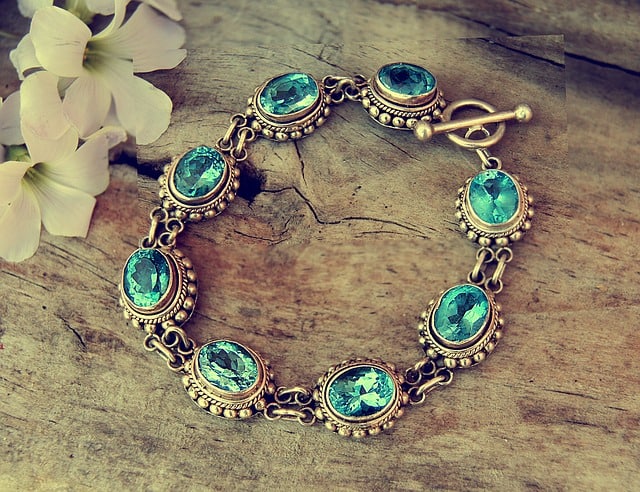With the growing demand for piercings, you are likely to find body jewelry made from a variety of materials. Some of the most common choices are titanium, niobium, and surgical stainless steel. Take a few minutes to understand the key differences in these materials before you decide on your next piece of jewelry. Here are some of the most important properties and applications for each one.

Titanium
Incredibly lightweight and strong, titanium is one of the most commonly used materials for making jewelry. It has a low rate of reaction to its environment under normal conditions, and a high level of biocompatibility. Because it is somewhat difficult to mold in its pure form, titanium is often found as an alloy.
Titanium can be anodized to create a stunning array of colors by changing the chemical composition of its surface. Although the anodized layer may thin over time, the color is actually part of the metal and cannot be removed.
Niobium
This metal is also incredibly strong and durable. In fact, it is sometimes added to steel to increase the metal’s strength in industrial applications. Despite that strength, niobium is malleable and easy to work with so it can be shaped into creative jewelry designs. Like titanium, it can also be anodized to create vibrant finishes.
Titanium and niobium share many of the same properties. So, if you are trying to decide whether to buy body jewelry made from titanium vs niobium, it may be best to simply pick the piece with your favorite design.
Surgical Stainless Steel
Once the gold standard for jewelry and medical devices, surgical stainless steel is readily available and well understood. It is very strong, but that strength comes with a much heavier weight than either titanium or niobium. Also, because stainless steel is an alloy, the nickel in it can lead to irritation or rejection. For that reason, anyone with sensitive skin or nickel allergies should steer clear of body jewelry made from stainless steel.










